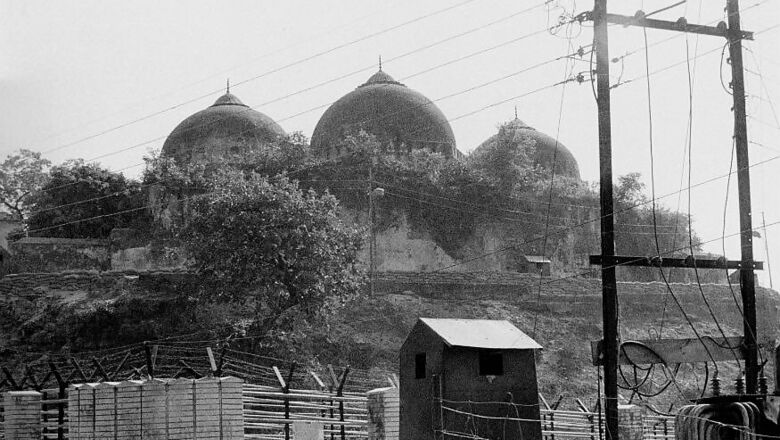
views
Ayodhya: At the peak of the tension surrounding Ayodhya 25 years ago, a humble white Ambassador car became a trusted ally for Anant Kumar Kapoor, helping him carry food and other essential commodities he required to run his hotel packed with journalists in the town under curfew.
Kapoor, now 71, is one of the directors of Shan-E-Awadh hotel in Faizabad district, under which the Ayodhya town falls. He had provided accommodation to journalists from India and abroad who had gathered in Ayodhya to cover the Ram Mandir movement.
The hotel, located opposite the office of the newly-created Ayodhya Municipal Corporation, was established in 1986. Kapoor, then 46, looked after the hotel's operations.
"More than 100 journalists from India and abroad were staying in the hotel. The entire hotel was full of journalists. We had to put extra cots in most of the rooms to accommodate those who could not get any room," Kapoor told PTI, vividly recalling those days in December, 1992.
On December 6 that year, a large number of 'Kar Sevaks' — religious volunteers — had gathered in the temple town and demolished the 16th-century Babri Masjid, sending ripples across the country.
Riots followed the demolition and curfew was imposed on Ayodhya.
"The curfew pass issued by the district administration and the white Ambassador car virtually proved to be a lifeline for me, and helped in collecting raw materials, food items, and other essential commodities for those staying at the hotel. I had to go to the outskirts of Faizabad to collect the items," he said.
Kapoor said since the curfew extended to Faizabad, it also meant that all the telephone booths were closed.
"Most of the journalists staying here used the STD facility of the hotel and dictated the news to their editorial colleagues. They would talk for nearly an hour to an hour-and-a-half, while disseminating all necessary information," he said.
He recalled that the space below the hotel's staircase became the dark room for some of the photographers. "After developing the photographs, they would go to the post office, from where they faxed their day's photographs," he said.
Kapoor said he last saw the Babri Masjid on December 5, 1992, the day before it was demolished.
Kripa Shankar Pandey, 68, who worked as a special correspondent for Navjeevan and Quami Awaz,/em> publications in 1992, said: "I was inside the disputed structure almost 10 minutes before it fell, and nearly 50 metres away from the structure when it was being demolished. The then district magistrate Ravindra Kumar Srivastava told me to leave the place: Pandey ji, yehaan se hat jaaiye (Pandey Ji, please leave this place)."
Pandey added, "I was there from 10am to 5pm. The disputed structure fell between noon and 1pm. I was amazed to see that people were eager to take the stones of the debris, as if it was gold."
The journalist, who worked from an office located on the Faizabad-Ayodhya road, said telephone lines of his office were "massively utilised" by the journalists who had come to cover the incident.




















Comments
0 comment